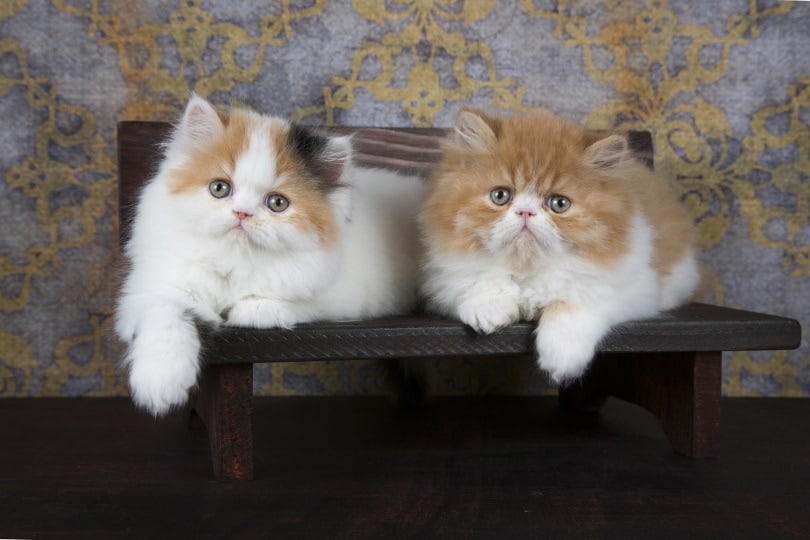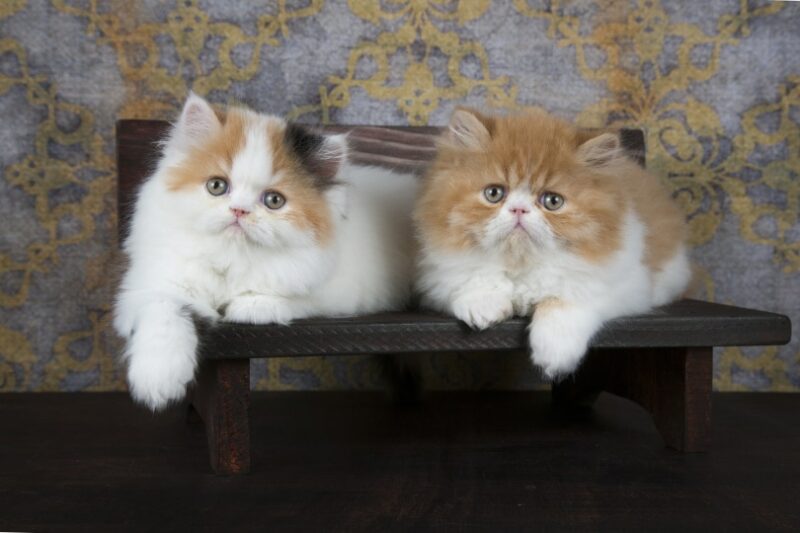Catster advocates for adopting before shopping, though we fully understand there are many reasons for seeking a breeder. So, we encourage it to be done the right way. We have not personally visited or investigated all of the breeders below. We have put the top-recommended all in one place for you to get in touch and make the best decision for you. Learn more about our stance and how to choose the right breeder here.
Persians are among the most popular and gorgeous cats, so it’s no wonder that you’re on the hunt for one of these amazing cats. They are gentle and calm and can make the perfect cat for many families. If you’re looking for one of these kittens and live in Canada, we have a list of Persian breeders in our beautiful country. This list of Canadian Persian breeders is updated for this year, and we hope that this helps you find the perfect cat.
Persian Breeders in Canada
Before you search for a Persian breeder, be sure to only deal with reputable breeders. The last thing you want to do is buy your kitten through a kitten mill or backyard breeder.
You don’t want to support those kinds of ethically suspect breeders. Additionally, your kitten will likely be traumatized and laden with medical issues.
Here are a couple of links to help you search for Persian breeders in Canada.
Canadian Breeders Near Me

Petfinder for Cats Near Me: Put your postal code in and narrow your search to the Persian breed and how many miles away you prefer the cat to be located. This site is primarily for the breed rather than breeders and most (but not all) are rescued adult cats.
Canadian Breeders Registered with the Canadian Cat Association

Canadian Cat Association (CCA) This is a small list, but it contains official Persian breeders registered through the CCA.
We also have lists of Persian catteries that can be found in Canadian provinces for you here. Persians are common enough that you should be able to find one near your location, but some breeders will ship their cats if requested.
Persian Kittens for Sale in BC

Hoaloha Persians are registered with the Cat Fanciers Association (CFA) and The International Cat Association (TICA).
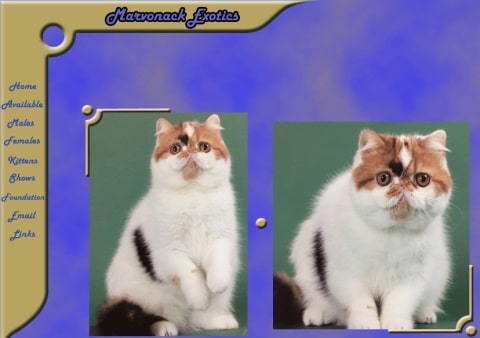
Marvonack Exotics is located near Vancouver and is registered with TICA and CFA. This breeder is a former Allbreed Cat Judge and believes in only breeding cats with loving personalities and top-quality characteristics and specializes in bi-colors and tabbies.
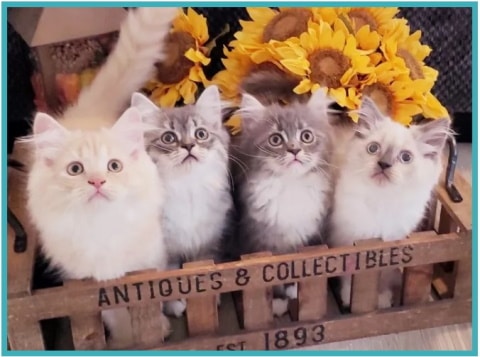
Purrberry Persians is located in Abbotsford and is a member of the Traditional Cat Association (TCA). They raise their kittens “free-range” to be well socialized, and they go home with a “swag bag.”
Persian Kittens for Sale in Ontario

Alfenloch Persians can be found in Oil Springs, near Sarnia. They are registered with the CFA and the Canadian Cat Association (CCA) and specialize in chocolates and bi-colours.

Heart’nsoul Persians & Himalayans is in Tillsonburg and is registered with the CFA and CCA. This cattery specializes in chocolate and lilac Persians and Himalayans.

Pretty Paws Cattery is a member of the CCA and has specialized in Persians since 2010.

Persian Chinchilla Kittens is registered with the CCA, TICA, and the TCA, and they specialize in silver chinchilla Persians.

Pouncing Paws Cattery is located in Morrisburg and is CFA registered, and they do ship.
Persian Kittens for Sale in Quebec

Passion Feline can be found in St-Thomas and is registered with the CFA and CCA.

Anouchka Cattery is located in Montreal and registered with TICA, CFA, and the CCA. They specialize in bi-color and van Persians.
Persian Kittens for Sale in Alberta
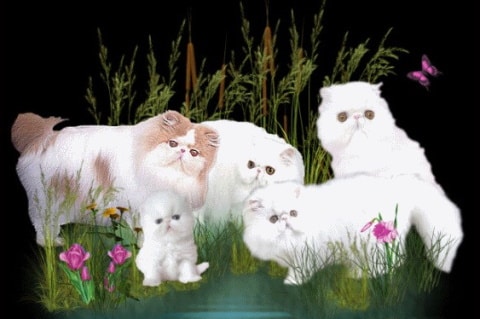
OceanPurrls Persians is in Calgary and is registered with the CFA. They specialize in white and bi-color and short and long-haired Persians. They aren’t breeding currently but say they will be breeding again by summer 2022.
How Much Does a Persian Cost?
How much a Persian will cost depends on several factors: the breeder, the colouring of the cat, and whether you intend to have your Persian as a pet or for show.
Persians with colors that do not conform to show standards tend to cost less, but you can expect to pay more if the Persian is a highly desired and rare color.
Persians meant to be only pet cats can range from $850 to $3,000, but you can expect to pay more than $3,000 for a show-quality kitten. If you want to gain breeding rights for your new cat, that will cost even more, so you can expect to pay at least over $4,000.
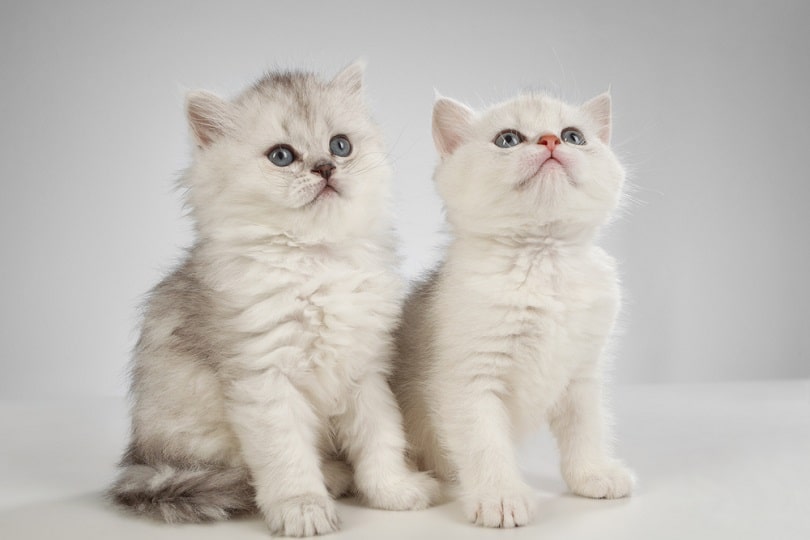
Things to Ask a Persian Breeder
It’s essential to ensure you’re dealing with a reputable and caring Persian breeder before purchasing a kitten. As you’re probably aware, many scams and morally corrupt breeders are out there, but the following suggestions should help.
- A good breeder will welcome all your questions. If the breeder you’re speaking to seems hostile or evasive over your questions, you need to avoid them! A reputable breeder will answer all your questions and will ask you quite a few, too.
- Ask to meet the parents of the kittens if they are both available. At the very least, you should be able to meet the mother so you can check her health and appearance. You should ask about her lineage, diet, and when a vet last checked her.
- Also, look at the living space for the mother and her kittens. Is everything well taken care of and hygienic? Has the breeder provided appropriate toys and blankets for the family?
- Are the kittens free-range or, in other words, being raised underfoot? This means plenty of exposure to different environments and interactions, which makes for ideal socialization.
- Ask the breeder how long they have been breeding Persians and why they chose the breed. How familiar do they seem with the breed, and how passionate are they about Persians?
- Lastly, expect the breeder to ask you plenty of questions. A good breeder doesn’t do this for the money but for the love of their cats. They want their kittens to go to good homes.
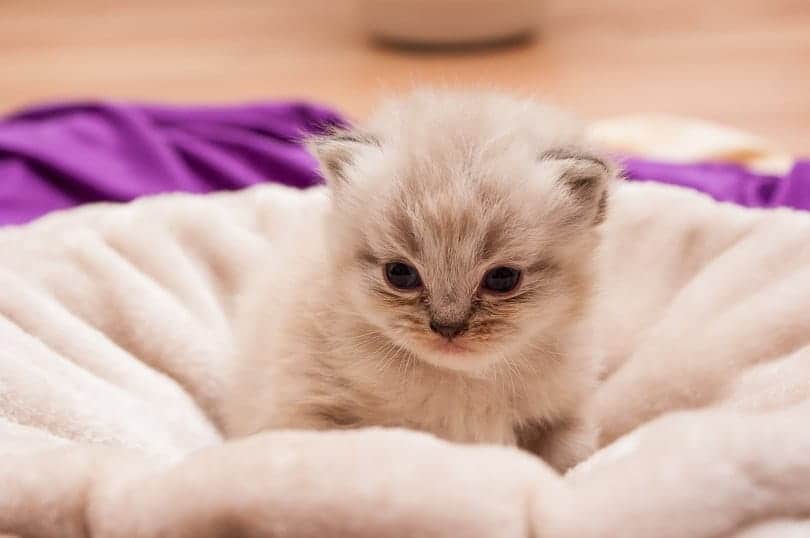
8 Things to Know Before Buying a Persian
- You should find out from the breeder what the adoption includes and what to expect. Is there a health guarantee, vaccinations, or any registration with TICA, CFA, or the CCA? Will there be a kitten starter kit?
- A reputable breeder will not rush you into your decision about their kittens. If the breeder seems to be pressuring you into making a decision, it could mean they aren’t a good breeder. This is a decision that will potentially affect the next 20 years of your life, so you need to take your time with it. The breeder should want to form a lifelong relationship with all the owners of their kittens.
- Be sure to research the Persian cat before making any final decisions. This cat needs to be the right fit for you and your family.
- Know about grooming! Persians are famous for their extraordinarily dense double coats. They require grooming at least three times a week or every day, depending on your cat’s coat.
- When combing that luxurious coat, you’ll need to be patient and diligent and ensure that there are never any mats. They also need their eyes frequently wiped since they often have teary eyes.
- Don’t expect much activity. Persian cats are laidback and quiet, and while they still enjoy playtime, they enjoy napping too. You’ll want to look elsewhere if you’re looking for an energetic cat.
- Breathing problems are common with the Persians, which is partly why they aren’t that active. Keep them cool, and don’t allow them to overexert themselves.
- Persians are sweet and affectionate cats and prefer spending time with their families, so they don’t do well when left alone for too long. If you want a more independent breed, you should look elsewhere.
Conclusion
When you’ve decided that you would like to bring a new pet into your home, you need to make several considerations. The first step is finding a reputable breeder who will provide you with the right cat. Persians are exceptionally beautiful and loving cats that make perfect family pets, though they will do best in quieter households. Just be sure to choose the right breeder, and if you have the time necessary to spend with the Persian and like the idea of brushing your cat every day, this could be the perfect cat for you.
Featured Photo Credit: Jenni Ferreira-Shutterstock
Contents
- Persian Breeders in Canada
- Canadian Breeders Near Me
- Canadian Breeders Registered with the Canadian Cat Association
- Persian Kittens for Sale in BC
- Persian Kittens for Sale in Ontario
- Persian Kittens for Sale in Quebec
- Persian Kittens for Sale in Alberta
- How Much Does a Persian Cost?
- Things to Ask a Persian Breeder
- 8 Things to Know Before Buying a Persian
- Conclusion

